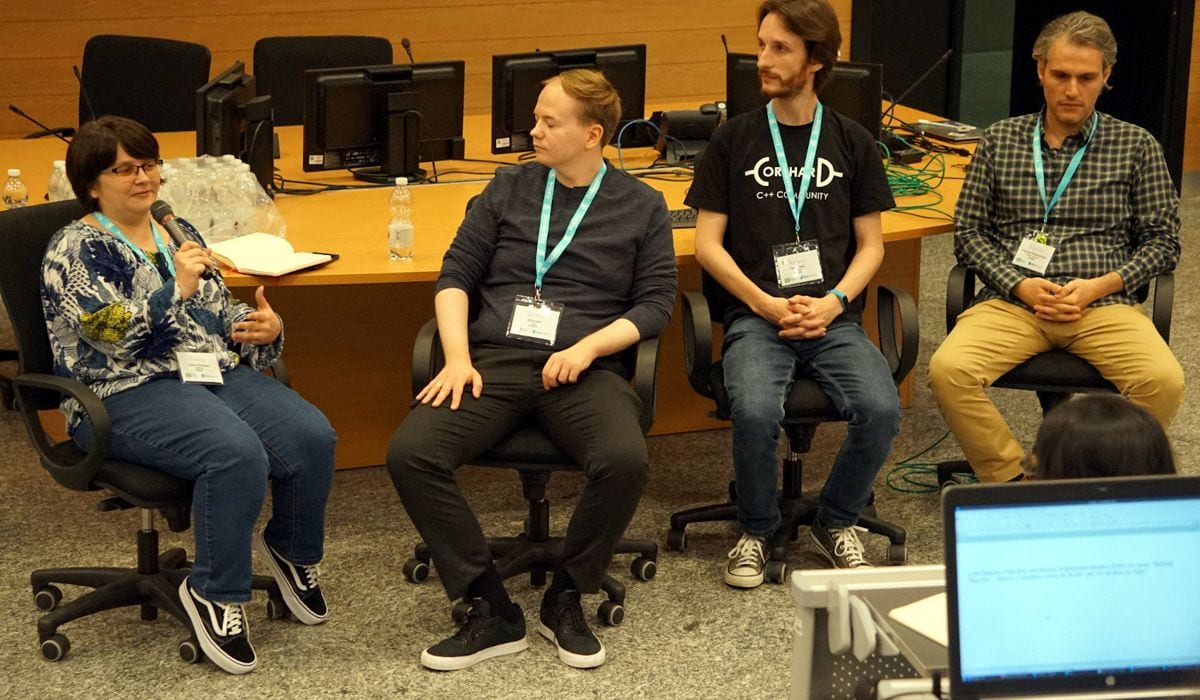
Lydia Pintscher, President of the non-profit organization KDE eV., who oversees the development of the KDE project, in his welcome address at the Akademy 2019 conference, presented the new objectives of the project, which will receive increased attention during development in the next two years.
Targets are selected based on community vote. The above goals were defined in 2017 and included improving the usability of core applications, ensuring the confidentiality of user data, and creating comfortable conditions for new members of the community.
Within the mentioned objectives a major one is the completion of the transition to Wayland. Wayland is seen as the future of the desktop, but in its current form, support for this protocol in KDE has not yet been brought to the level necessary to completely replace X11 as a graphics server.
That is why in the next two years, it is planned to transfer the KDE kernel to Wayland, so it is planned to eliminate the existing deficiencies and make the KDE environment work on top of Wayland optimally and transfer X11 to the category of options and optional dependencies.
This improves the consistency and organization of interaction in application development. In various KDE applications, there are not only differences in appearance, but also inconsistencies in functionality.
For example, tabs are released differently in Falkon, Konsole, Dolphin, and Kate, making it difficult for developers to make bug fixes and confusing users.
The main goal is to unify the behavior of typical application elements, such as sidebars, drop-down menus, and tabs, as well as bring KDE application sites into one view.
Between tasks a decrease in application fragmentation and application overlap is also indicated the functionality of the other (for example, when several different media players are offered).
Put order in the means of delivery and distribution of applications. KDE offers over 200 programs and a myriad of plugins, plugins, and plasmoids, but until recently there wasn't even an up-to-date directory site where these applications would be listed.
Among the objectives is the modernization of the platforms with which KDE developers interact with users, improving the mechanisms for creating packages with applications, processing documentation and metadata that come with the applications.
Besides them KDE developers announced the implementation of fractional scale support for Plasma based desktop sessions in Wayland.
This feature allows you to choose the optimal size of elements on high pixel density (HiDPI) displays, for example, you can increase the interface elements that are displayed not 2 times, but 1.5 times.
The changes will be included in the next KDE Plasma 5.17 release, which is expected on October 15th. GNOME has been able to use fractional scaling since version 3.32.
There are also several improvements in the Dolphin file manager. In case of prohibition in the settings for automatic playback of multimedia data in the side information panel, multimedia files can now be played manually by clicking on the thumbnail associated with them.
The action «Add to places» is added to the File menu to place the current directory in the panel with selected paths (Places). A new monochrome icon is used to start the terminal, and only colored icons are used for configuration sections.
A new warning has been implemented that is displayed when trying to start a file double-clicking if the file does not have the execute permission flag set.
The dialog box allows you to set the executable bit in such files, which is convenient, for example, when loading executable images from self-contained packages, such as AppImage.
Si you want to know more about it about the decisions of the KDE project you can visit the following link.
Great news!